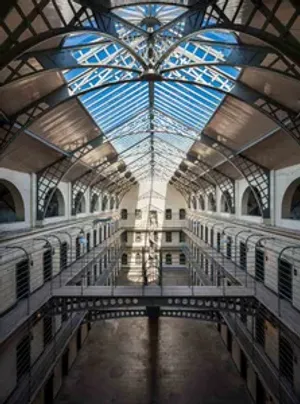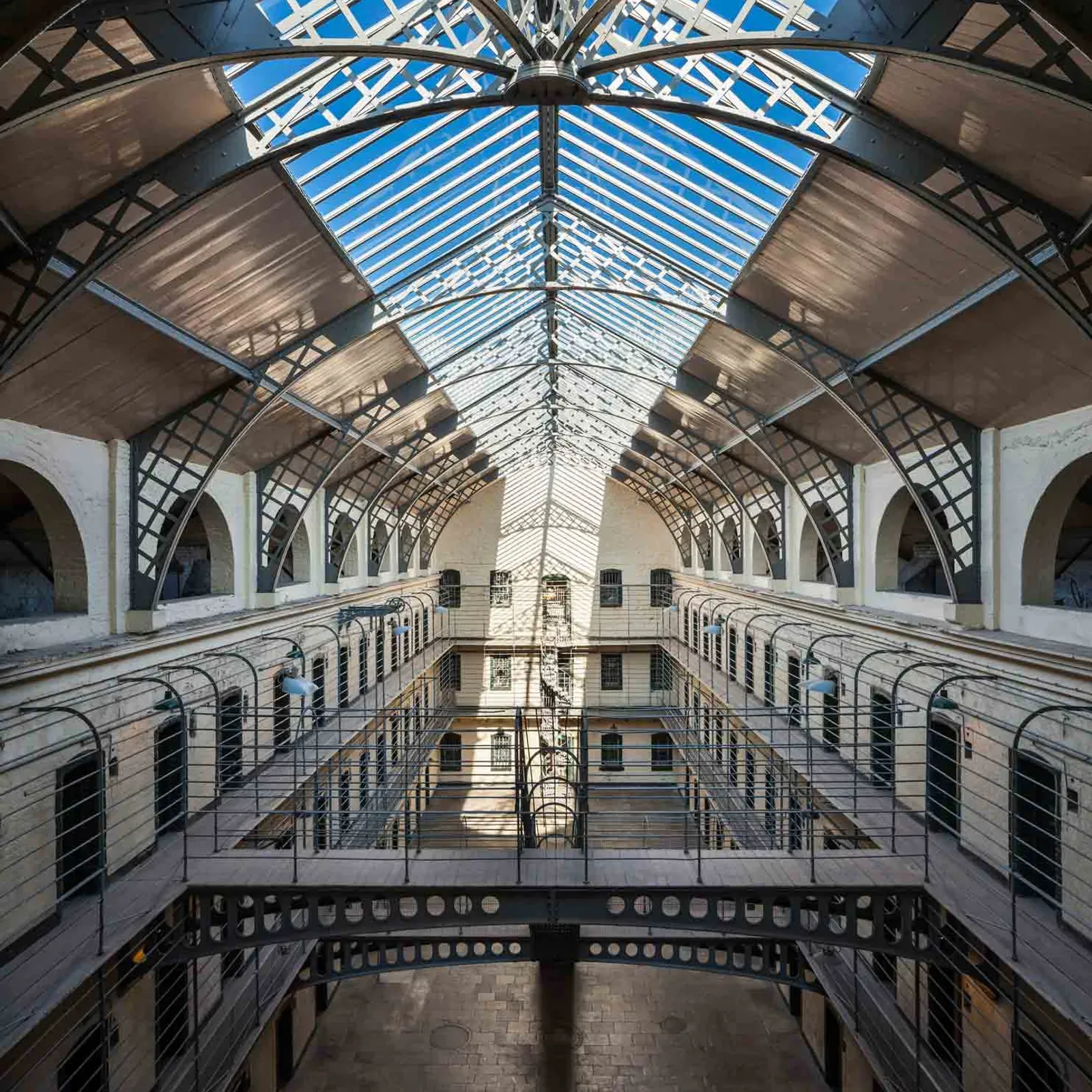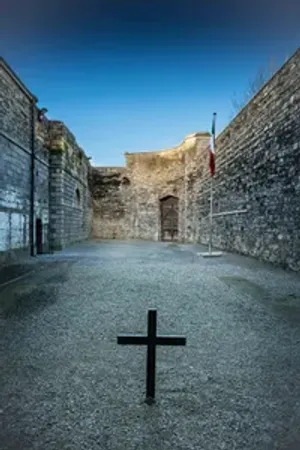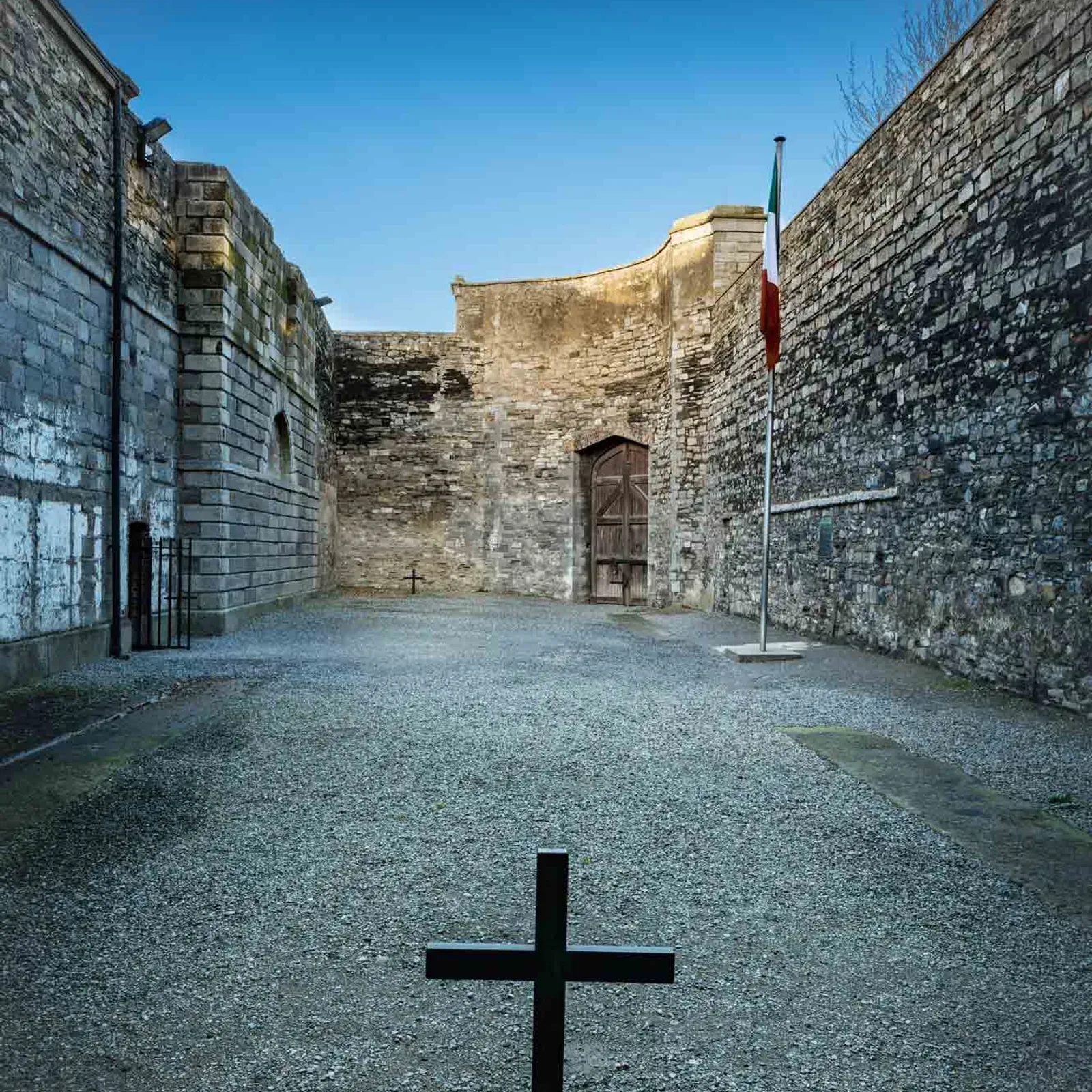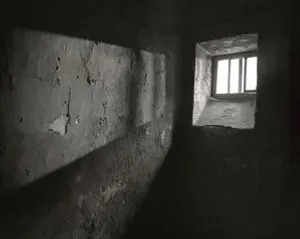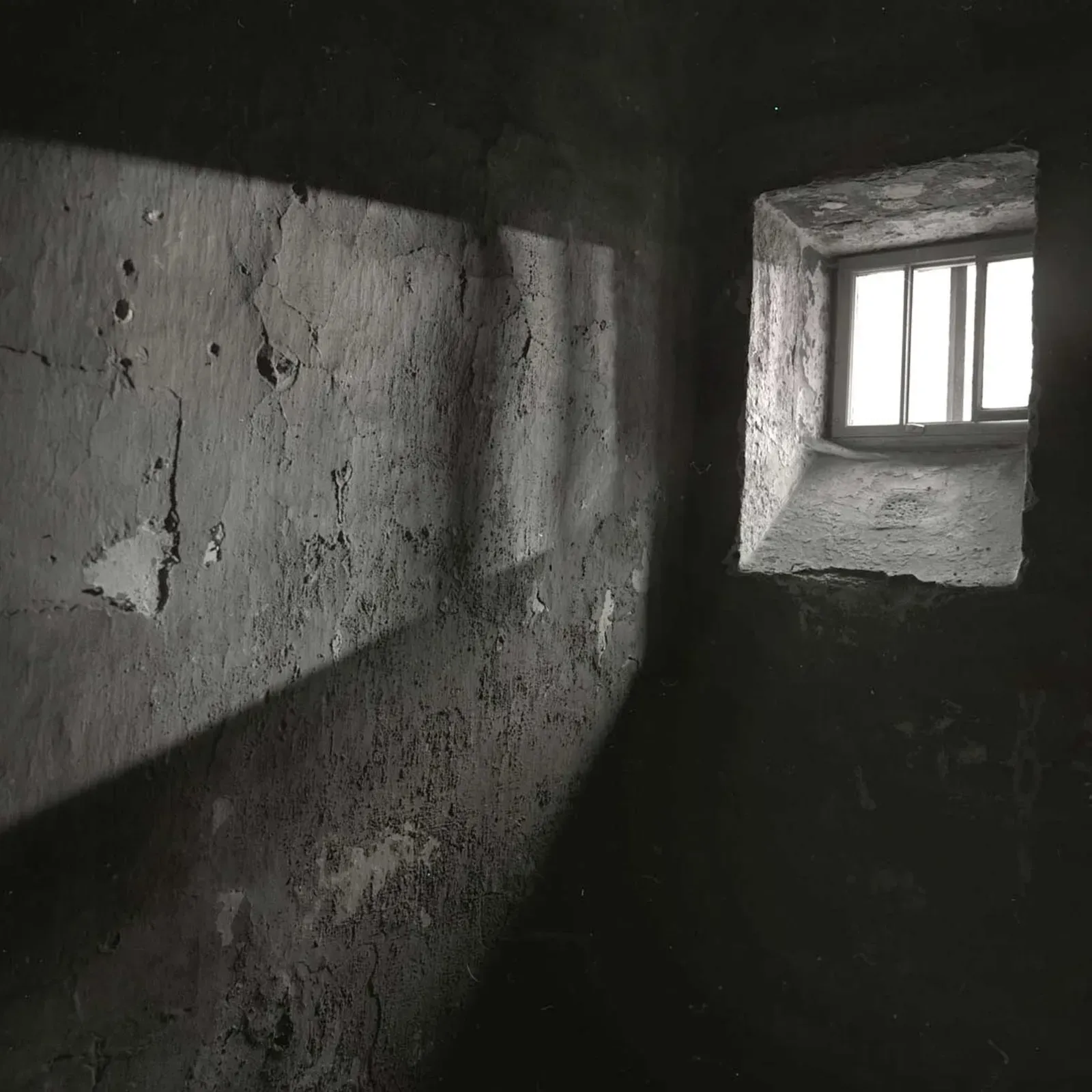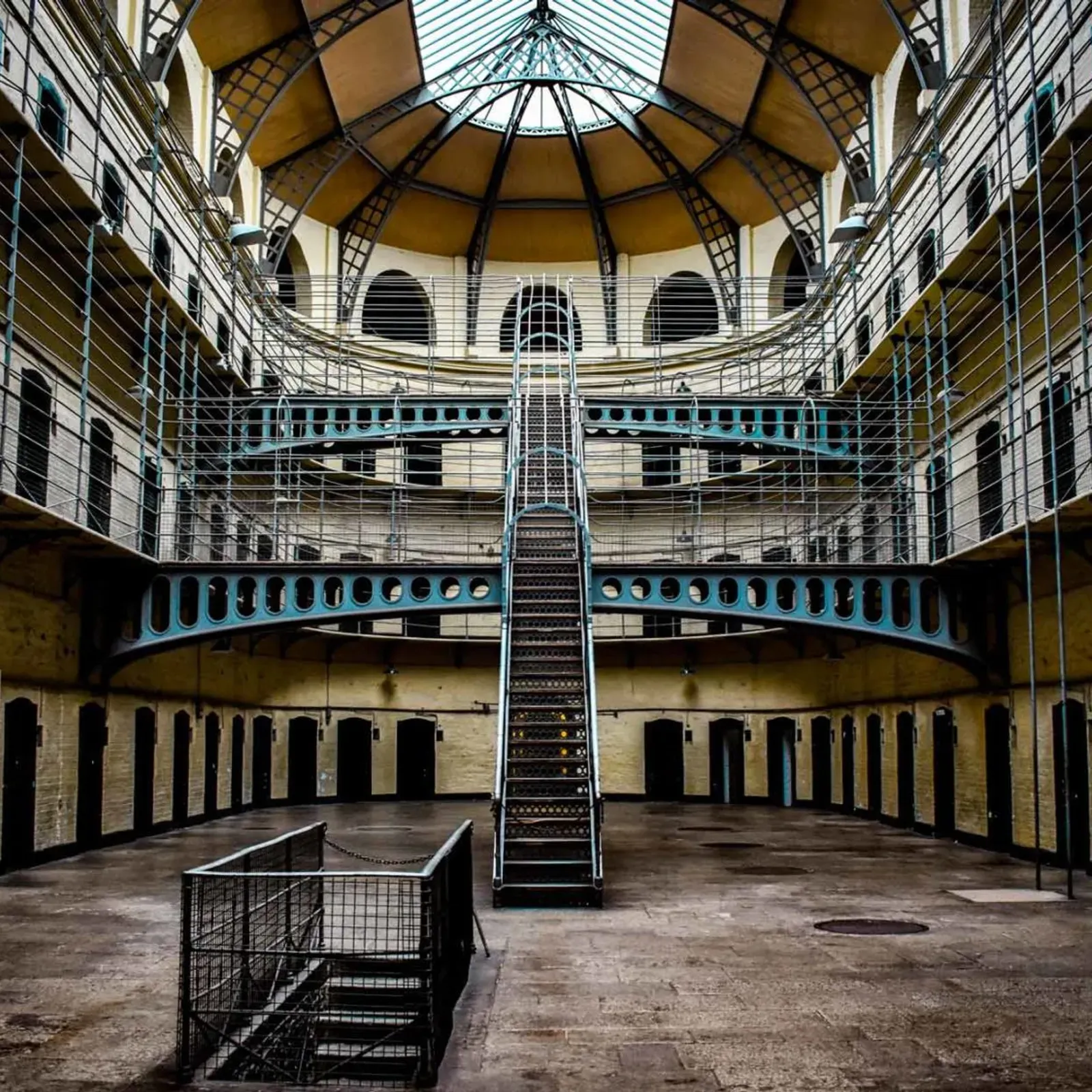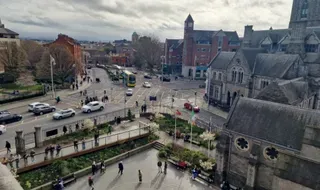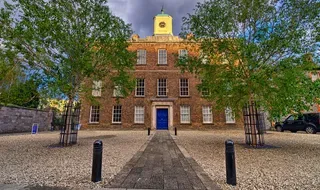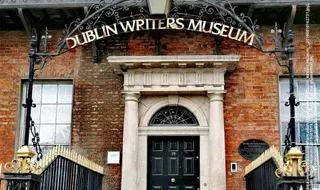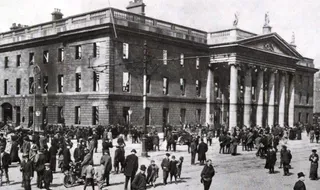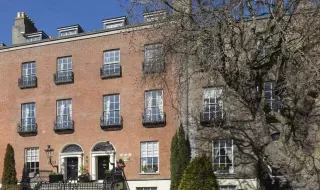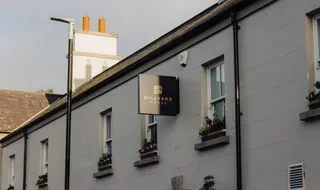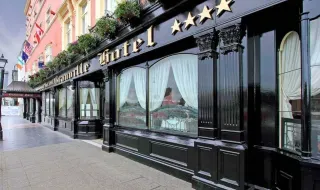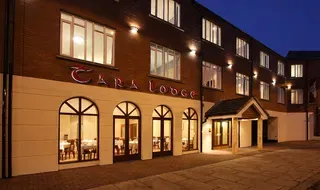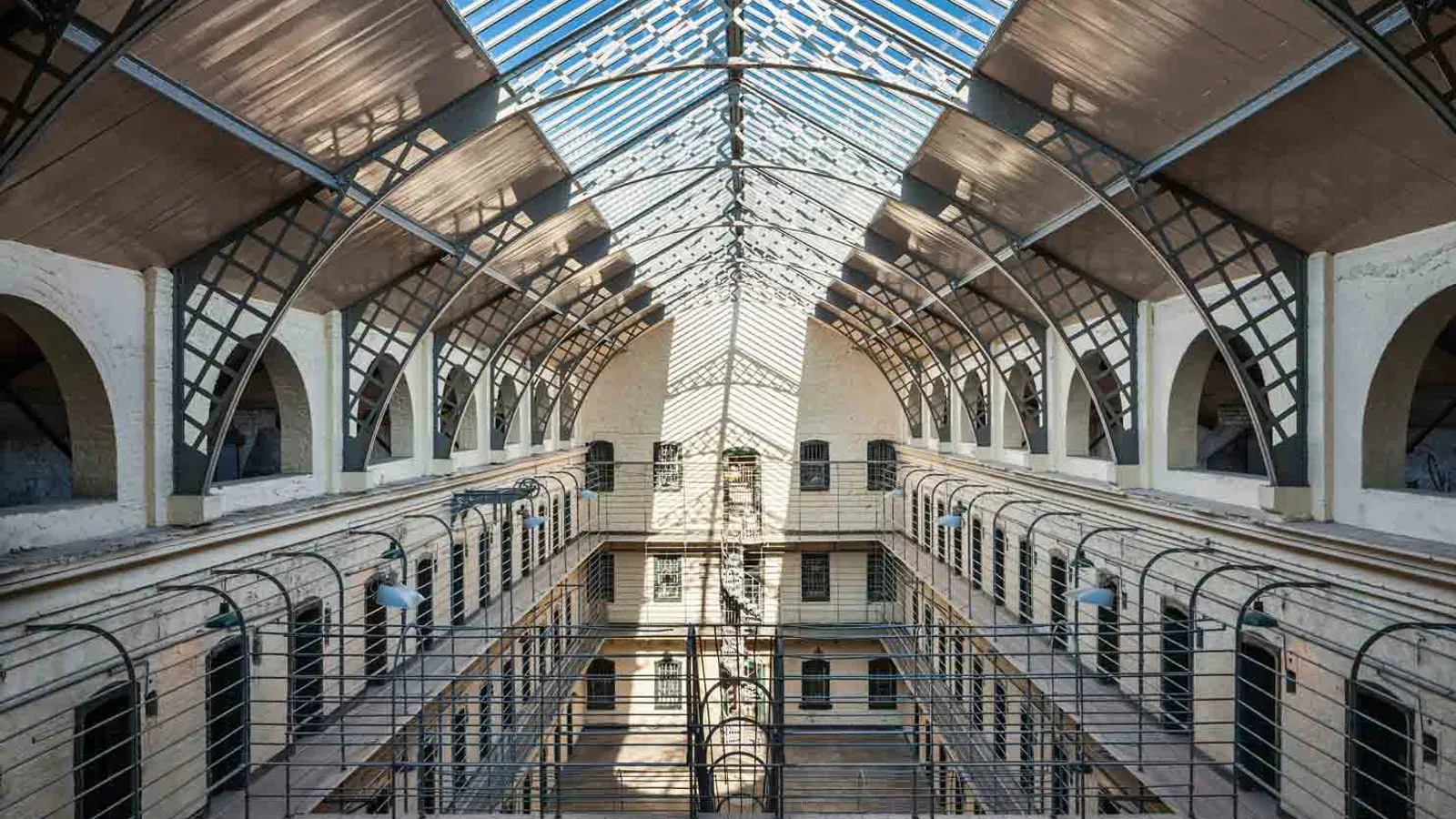
Kilmainham Gaol Museum
Discover Kilmainham Gaol: A Journey Through Irish History
A Prison at the Heart of Irish Struggle
Kilmainham Gaol first opened its doors in 1796 and quickly became more than just a prison. It held many of Ireland’s most important political and revolutionary figures, especially during uprisings like the 1798 Rebellion, the 1803 Emmet Rising, and the 1916 Easter Rising.
Many leaders of the 1916 Rising, including Patrick Pearse, Joseph Plunkett, and James Connolly, were imprisoned and executed here, making Kilmainham Gaol a symbol of Ireland’s struggle for independence.
What to See and Experience
A guided tour is the only way to visit Kilmainham Gaol, and it’s well worth it. You'll explore the atmospheric stone corridors, the Victorian-era East Wing with its striking open design, and the somber Stonebreakers’ Yard where executions took place.
The tour also includes a visit to the Kilmainham Gaol Museum, which displays fascinating exhibitions about the prison’s history, Ireland’s political movements, and personal stories of those who were imprisoned here.
Practical Visitor Information
- Entry: Only through pre-booked guided tours.
- Booking: Tickets must be booked online in advance at
- Prices: Adult €8, Senior €6, Student/Child €4, Family €20. Children under 12 are free but still need a ticket.
- Opening Times: Open year-round, closed December 24–27.
- Facilities: There is a café, baby-changing facilities, and a museum shop. Limited wheelchair access is available—contact the site ahead for assistance.
Important Tip: Kilmainham Gaol is extremely popular, especially in summer, so book your tour early to avoid disappointment. Arrive 15 minutes before your scheduled time to check in smoothly.
After visiting, enjoy a relaxing walk at the nearby Royal Hospital Kilmainham, home to the Irish Museum of Modern Art. It's a perfect way to reflect on Ireland’s journey from rebellion to peace.
